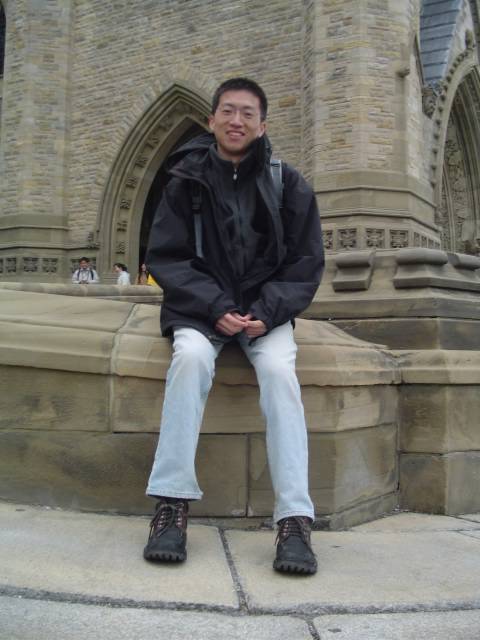"Content-based" means that the search will analyze the actual contents of the image. The term 'content' in this context might refer to colors, shapes, textures, or any other information that can be derived from the image itself.
Potential uses for CBIR include:
- Art collections
- Photograph archives
- Retail catalogs
- Medical diagnosis
- Crime prevention
- The military
- Intellectual property
- Architectural and engineering design
- Geographical information and remote sensing systems
Query techniques:
- Query by example. An example image is provided to the CBIR system, and the underlying search engine returns imags sharing common elements with the provided example.This query technique removes the difficulties that can arise when trying to describe images with words.
- Semantic retrieval. The user makes a request like "find pictures of dogs" or even "find pictures of Abraham Lincoln", which is quite difficult for computer to perform. Current CBIR systems generaly make use of lower-level features like textures, color, and shape, although some systems take advantage of very common higher-level features like faces. Not every CBIR system is generic. Some systems are designed for a specific domain.
Content comparison techniques:
- Color. It retrieves images based on color similarity, e.g. by computing a color histogram for each image that identifies the proportion of pixels within an image holding specific values. This is one of the most widely used techniques because it does not depend on image size or orientation.
- Texture. It look for visual patterns in images and how they are spatially defined. Textures are represented by texels which are then placed into a number of sets, depending on how many textures are detected in the image. These sets not only define the texture, but also where in the image the texture is located.
- Shape. It refers to the shape of a particular region that is being sought out. Shapes will often be determiend first applying segmentation or edge detection to an image.

No comments:
Post a Comment